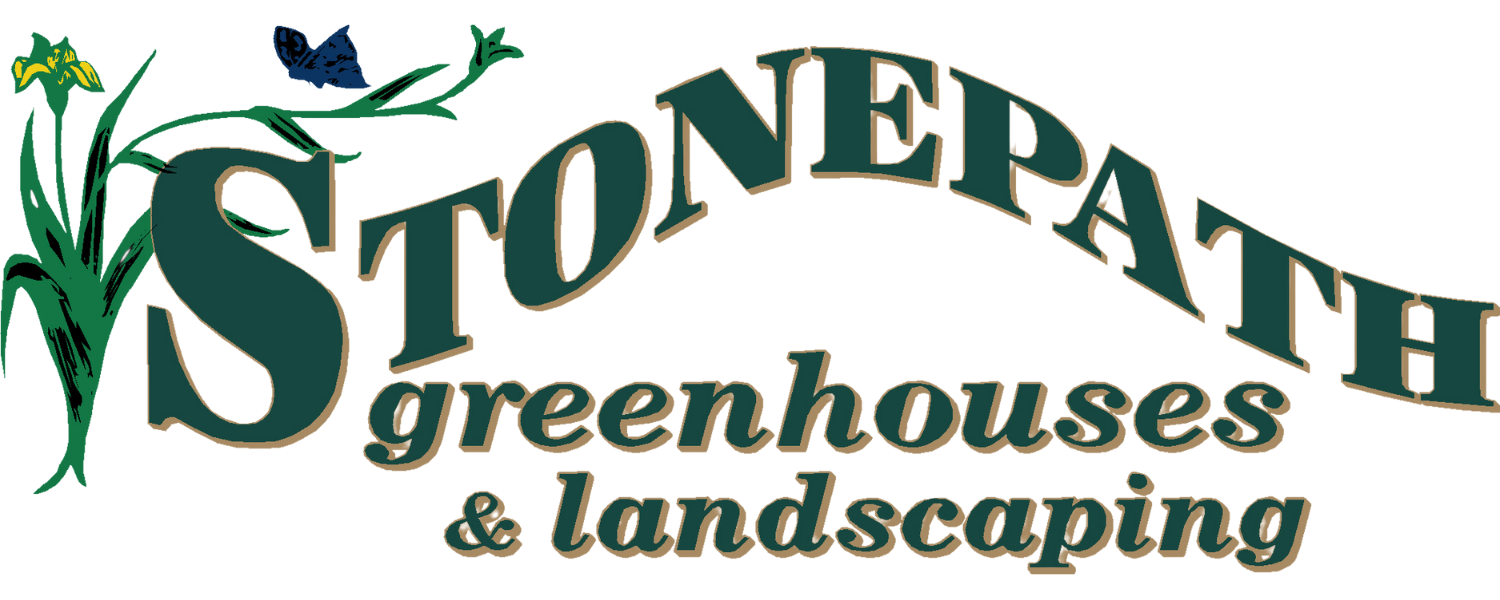How To Make Your Own Compost
(and how it is different from soil)
Making your own compost is something everyone can do. It can cost very little and I cannot think of a better way to use waste products and turn them into something wonderful. Making compost is the act of turning waste products like food scraps, leaves, grass clippings, and even cardboard, and converting them into organic matter to add to your garden beds. Collect food waste from your kitchen and store it in a container that will keep the smell down. Compost needs three ingredients to work:
A pile of organic matter sprinkled with a bit of soil and watered.
How Is Compost Different From Soil?
Soil contains rock particles and minerals. These components give soil structure and retain water which is vital for plant growth. Compost is organic matter and does not contain any rock particles or minerals. If you were to plant into just compost, your plant would have trouble staying upright and would never have enough water available to it. Mixed together, compost and soil add structure, hold water, and have a rich source of nutrients available to the plant for growth. A winning combination.
Types Of Compost
There are three different types of compost:
Cold Compost
Cold composting is the easiest method of composting. You must have a spot where you pile all of your organic matter as it is generated. It can be stored in a wooden frame that your make or a bin that you purchase to hold all of the organic matter. As long as this compost bin has venting for it to breathe, it will work well. Add some water (or let the rain take care of that). Every week or two, turn the organic matter by working it a bit. In 6 months, the bottom of the pile will have compost ready to use. Keep adding to the pile and mixing it around to keep harvesting your compost.
What Can you Add to cold compost: moldy food, food scraps, egg shells, grass clippings, greens, shredded paper, shredded or chopped wood, and leaves. Be careful with citrus fruits, pickles, or tomatoes. Too many of these products will kill good bacteria and slow composting.
Do not add to cold compost: dairy products, oils, fats, meat, or bones. These attract pests.
Hot Compost
Hot composting is a faster method of composting than the cold method. But it has a few more rules. You must add green components, such as food scraps, egg shells, and grass clippings, with brown components, such as shredded wood, leaves, and cardboard strips. With this method, you must build the pile big enough to retain heat. You must turn it regularly and moisten the pile, so it is as damp as a damp sponge. It takes 30-90 days to turn this waste pile into compost.
What you Can Add to a Hot Compost Bin: moldy food, food scraps, egg shells, grass clippings, greens, shredded paper, or shredded, chopped wood, and leaves. Be careful with citrus fruits, pickles, or tomatoes. Too many of these products will kill good bacteria and slow composting. You can also add TO HOT COMPOST ONLY: food-soiled paper and cardboard, cheese and dairy foods, meat and fish, bones, cooked foods, oil, and grease. If you put in dairy foods and meats, it must be a closed system to keep pests and rodents away.
Vermicompost
Vermicompost uses worms (red worms specifically – red wigglers) available at some hardware stores or garden centers. Add them to your vermicompost bin to work through the food and leave their castings.
What To Never Put In Your Compost
The following items should never be put into your compost pile: plastic, feces, fresh manure, shiny paper, hygiene products, and charcoal barbeque ashes.
Compost Activator
To get your compost working faster, you can add the following things to activate the pile
Soft Greens – grass clippings, alfalfa, clover
Manures – cow, pig, chicken, horse
Urine – from various sources
Did I say urine? Yes, Urine is ok for compost pile as it acts as a stimulator. For a nitrogen boost, you can urinate in the compost pile once or twice a month.
How To Make A Compost Bin
To make an inexpensive compost bin, take a garbage container (plastic or steel). Be sure it has a lid. Drill one in holes in rows up and down the bin, and in the lid, so air can move through the bin. Fill it up with the organic matter. Add some water for moisture. Put the lid on, and let it do its thing. If you want to leave it alone until it is finished, have another one beside it to put new waste in while the first one is composting. It doesn’t take up much room so even if your space is small, you can still compost.







